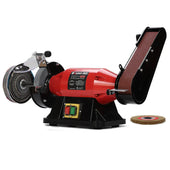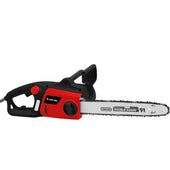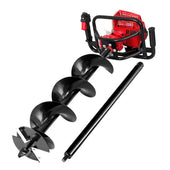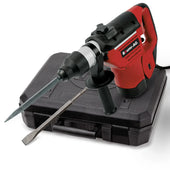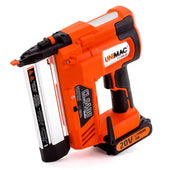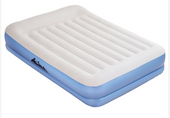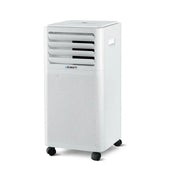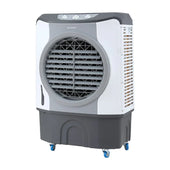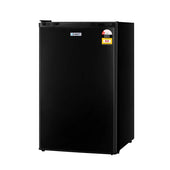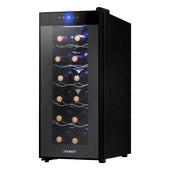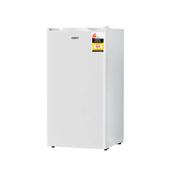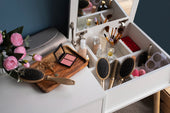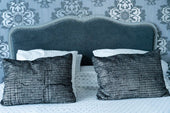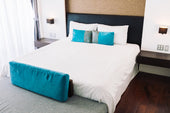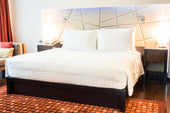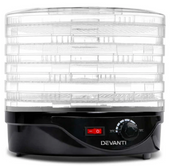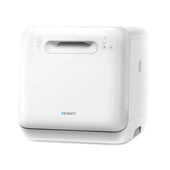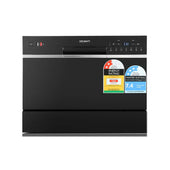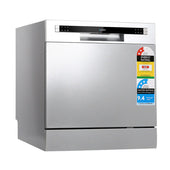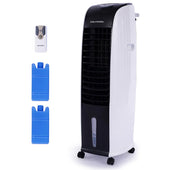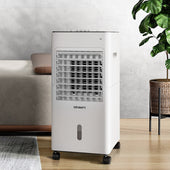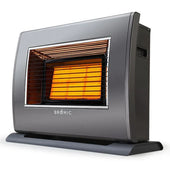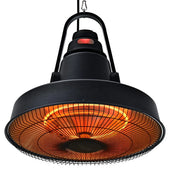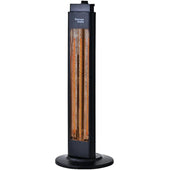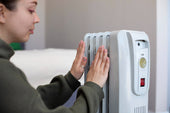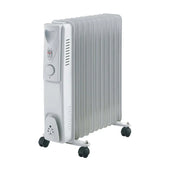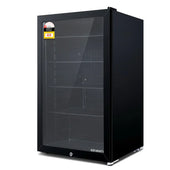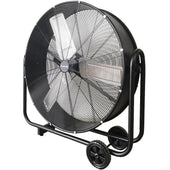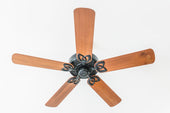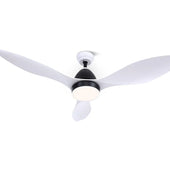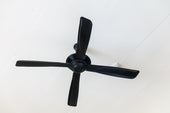Introduction: Why Choosing the Right Bar Stools and Chairs Matters
Selecting the perfect bar stools and chairs is more than just a matter of aesthetics; it directly affects comfort, functionality, and the overall ambiance of a space. These pieces of furniture serve practical roles, whether it’s providing seating for dining, socialising, or working. When poorly chosen, they can disrupt the flow of a room, create discomfort, or undermine the desired interior style.
Key Considerations Include:
- Height Compatibility: Ensuring stools and chairs match the height of counters or tables.
- Style and Material: Influencing the look and feel of your home or business.
- Durability: Determining how long the furniture lasts under everyday use.
A thoughtful selection is essential for achieving both comfort and style synergy in any setting.
Key Considerations Before Buying: Space, Style, and Functionality
When choosing bar stools and chairs, evaluating your space dimensions is essential. Ensure adequate room for comfortable seating and easy navigation without overcrowding. Consider the height of your countertops or tables, as selecting stools with the right seat height is crucial for usability.
Style also plays a significant role in complementing the overall decor. Opt for materials, finishes, and designs that seamlessly integrate into your space, whether modern, rustic, or traditional.
Functionality cannot be overlooked; assess the need for features like swivel mechanisms, backrests, or adjustable heights. Durability and ease of maintenance should also guide your choice, ensuring long-term value and practicality.
Different Types of Bar Stools and Chairs: Features and Benefits
Bar stools and chairs come in a variety of styles, each tailored to suit specific needs and aesthetics.
- Backless Bar Stools: Compact and versatile, these are ideal for minimalist spaces. They allow easy storage under counters and encourage an open look.
- Swivel Stools: Featuring a rotating seat, these provide enhanced mobility and are perfect for interactive spaces like bars or kitchen islands.
- Armrest Chairs: Designed for comfort, these offer added support and work well in formal settings or extended seating contexts.
- Adjustable-Height Stools: Equipped with pneumatic or mechanical systems, they provide customisable height to accommodate different counter ranges.
- Outdoor Bar Stools: Made with weather-resistant materials, these are suitable for patios and open-air setups while maintaining durability.
- Fabric and Upholstered Stools: These offer enhanced comfort and a range of design choices, blending functionality with personal style preferences.
Materials and Durability: Choosing the Best for Your Needs
When selecting bar stools and chairs, the material plays a crucial role in durability, maintenance, and aesthetic appeal. Common materials include wood, metal, plastic, and upholstered options, each offering distinct benefits based on usage and environment.
- Wood: Offers a classic look, sturdy construction, and is suitable for indoor use. It requires proper care to avoid scratches and warping.
- Metal: Provides a sleek, industrial appearance and durability, ideal for high-traffic areas. However, it may lack comfort unless paired with cushions.
- Plastic: Lightweight, affordable, and weather-resistant, making it perfect for outdoor use. Its durability depends on quality and thickness.
- Upholstered options: Enhance comfort but need regular cleaning and may not be suitable for messy or humid environments.
Consider exposure to moisture, temperature variations, and everyday wear to ensure long-lasting furniture that complements your space.
Height and Comfort: Ensuring Proper Fit and Ergonomics
Selecting a bar stool or chair with the correct height is critical for both comfort and functionality. For counter-height surfaces, stools typically range from 60-65 cm in seat height, while bar-height options are around 70-75 cm. To ensure sufficient legroom, maintain a distance of 23-30 cm between the seat and the underside of the counter. Adjustable stools offer versatility for varied setups.
Ergonomics are equally important. Chairs with footrests reduce pressure on the legs, and seats with adequate padding and lumbar support enhance comfort during prolonged use. Swivel and backrest features also promote a healthier posture. Combining these factors ensures a practical and stylish seating choice.
Tips for Matching Bar Stools and Chairs to Your Décor
- Coordinate Colours and Finishes: Choose stools and chairs that complement the colour scheme of the room. Neutral tones, wood finishes, or metallic touches can tie the furniture to the décor seamlessly.
- Consider Style Consistency: Stick with a similar design aesthetic. For example, industrial stools pair well with urban décor, while sleek, modern chairs suit contemporary interiors.
- Evaluate Height Compatibility: Select the correct stool or chair heights to complement counter or bar dimensions while maintaining visual balance in the space.
- Focus on Materials: Match materials, such as wood, metal, or upholstery, to other design elements like cabinets or lighting fixtures.
- Add Accents: Use cushions or fabric patterns to introduce pops of colour and coordinate with other room accessories.
Where to Shop: Online vs Brick-and-Mortar Options
When deciding where to buy bar stools and chairs, both online and in-store options have their advantages.
Online Options:
- Offers an extensive range of styles, colours, and materials.
- Convenient for browsing multiple retailers from home.
- Detailed customer reviews provide real-user insights.
- Easy price comparisons across platforms.
- Risk of mismatched colours or dimensions due to varying product images.
Brick-and-Mortar Stores:
- Allows tactile experience—sit, touch, and inspect the furniture closely.
- Immediate availability of stock ensures no waiting for delivery.
- Access to in-store staff for expert opinions or advice.
- Limited inventory compared to online catalogues.
- Potentially higher prices due to overhead costs.
Considering personal preferences and priorities helps determine the right shopping route.
Budget-Friendly Options and Long-Term Value
When searching for budget-friendly bar stools and chairs, it’s essential to balance affordability with durability. Materials such as metal and plastic often offer lower costs while maintaining sturdiness. MDF or engineered wood can provide a cost-effective alternative to hardwood. Upholstered chairs with synthetic fabrics are generally less expensive compared to premium leather.
Consider these factors for value over time:
- Construction Quality: Look for reinforced joints and strong frames.
- Ease of Maintenance: Materials resistant to stains and scratches reduce upkeep expenses.
- Adjustability: Height-adjustable stools offer flexibility, extending usability across various setups.
- Warranty: Items with longer warranties often indicate better quality assurance.
Invest initially in versatile designs that suit evolving décor styles to maximise longevity.
Care and Maintenance for Longevity
Proper care and maintenance play a pivotal role in preserving both the functionality and appearance of bar stools and chairs.
- Regular Cleaning: Use a soft, damp cloth to keep surfaces free of dust and spills. For upholstery, follow manufacturer instructions, whether it involves gentle vacuuming, spot cleaning, or professional services.
- Protective Measures: Apply furniture pads to legs to safeguard floors and prevent wear. Keep stools away from direct sunlight to avoid fading.
- Material-Specific Care: Wooden stools benefit from periodic polishing, while metal finishes can be maintained with anti-rust solutions.
- Routine Inspection: Check for loose screws, broken parts, or wobbling. Tighten fittings immediately to prevent damage.
- Avoid Overloading: Adhere to weight limits to maintain structural integrity over time.
Conclusion: Making an Informed Decision
Choosing the right bar stools and chairs requires consideration of key factors. Buyers should assess the available space and height requirements to ensure proper fit and comfort. Materials and finishes must align with the decor, balancing style with durability. Besides aesthetics, attention to functionality, such as swivel capability or backrest design, can enhance usability.
Purchasing decisions can be refined by researching reputable brands, reading reviews, and setting a budget that accommodates quality options. Comparing designs and testing chairs in-store ensures confidence in selection. Prioritising these aspects will help individuals achieve a balance of style, comfort, and practicality for their space.



